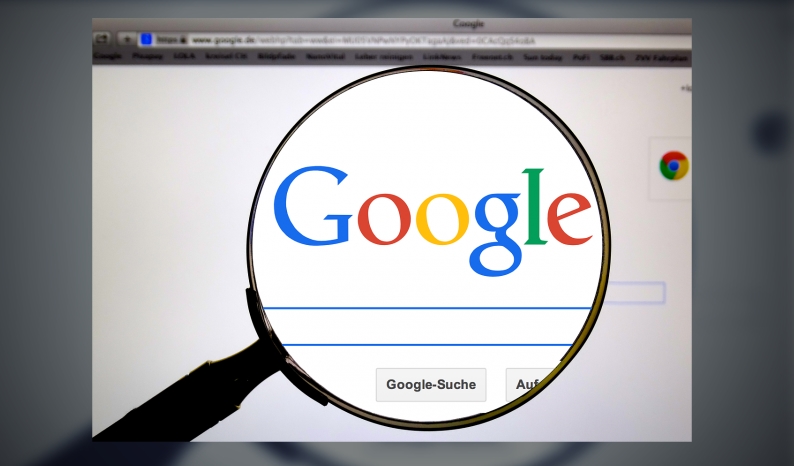You can now be vaccinated based on your social scores gathered by newly patented digital surveillance technology
11/10/2021 / By Mary Villareal
The United States Patent and Trademark Office recently approved a technology that aims to surveil people via their digital activity and give them scores that define their “potential level of superspreading activity.” Vaccination will then depend on the scores gathered using the technology.
The patent put forward by attorneys Gal Ehrlich and Maier Fenster of Ehrlich & Fenster proposes collecting a wide range of personal information from different sources, such as mobile devices, apps, social media, web browsing records, payment records, medical records, employment records, the government and other surveillance cameras.
It will also collect highly specific personal information from these sources, including precise location data, length of time spent at locations being visited, ventilation rates of these places, images of people looking at the screen of their mobile phones, sounds from microphones in personal devices and facial recognition data.
The patent also proposes numerous political surveillance applications, which include detecting when people are using public transport by using geolocation and/or start-stop movements that match public transportation profiles. It will monitor when people are washing their hands by analyzing sounds of water running or by smartwatch movement. It will also check whether people are wearing a mask by analyzing images taken out during calls or by looking at the screen of the cellphone.
Upon gathering data, the technology that was outlined in the patent will analyze data and assign scores to electronic devices. This score will predict the potential level of superspreading activities of individuals and will then recommend vaccinations according to scores.
Not only does the patent suggest mass electronic surveillance to create a social credit style score that determines whether or not they should be vaccinated, it also proposes that the technology be deployed as part of a “dedicated mandatory app” where the government monitor citizens to install the application on their smartphones to help the government with the logistics of the vaccination process. (Related: COVID tracking apps have eerie echoes of Chinese surveillance system.)
The patent also adds that “in some embodiments” of the system, the app or the smart device is configured to inform about the user’s location at all times and to communicate with adjacent smart devices to assess interactions between users, their vicinity or movement.
In determining the individual’s score, the patent suggests that a person’s profession, medical data, nature and type of locations they visit, their frequently visited locations and the length of time they spend at these locations should be used as part of the calculation. People who frequently attend religious or secular events, for instance, can receive a higher score for their involvement in contact events than those who do not engage in such activities.
The patent was approved last August 31 and follows governments around the globe in implementing far-reaching surveillance measures amidst the coronavirus pandemic, such as vaccine passports that aim to exclude people from economic and social activities.
Is real-time surveillance ethical?
To make surveillance ethical, its reason to exist should be reasonable, with publicly accessible records and accountability for those approving and performing the tasks in question.
Many tools, devices and apps have already been put in use to support pandemic surveillance. China, South Korea and Malaysia, for instance, developed some of these platforms early in the pandemic. It showed enhancements in digital technology, mobile phone networks and potential in telehealth systems that could help reshape what healthcare looks like.
In the United Kingdom, the government portal cover the latest daily statistics around known cases, hospitalizations and deaths, while South Korea used mobile phone technology to develop apps that support testing programs. A Ghanaian software company was also able to adapt one of its data platforms to help report and track COVID symptoms across the country.
Data platform Opine was also built to gather information about diseases from diverse sources to provide real-time insights. The aim was to ensure that everyone in the country could participate in disease surveillance, and technology was adapted to ensure it could be used in place despite low internet connectivity.
What is interesting about government surveillance in the U.S. is that it is not held in the same standard of accountability as the Constitution, which protects American citizens from unreasonable searches and seizures. Electronic surveillance could be considered more invasive than a physical search, yet it has been made clear that it is in fact easier for the government to perform them.
Read more updates related to COVID-19 at Pandemic.news.
Sources include:
Submit a correction >>
Tagged Under:
Big Brother, big government, conspiracy, coronavirus, covid-19, extremism, fascism, freedom, Glitch, information technology, pandemic, privacy watch, surveillance, tracking, Tyranny, watched
This article may contain statements that reflect the opinion of the author
RECENT NEWS & ARTICLES
COPYRIGHT © 2017 GLITCH.NEWS
All content posted on this site is protected under Free Speech. Glitch.news is not responsible for content written by contributing authors. The information on this site is provided for educational and entertainment purposes only. It is not intended as a substitute for professional advice of any kind. Glitch.news assumes no responsibility for the use or misuse of this material. All trademarks, registered trademarks and service marks mentioned on this site are the property of their respective owners.



















